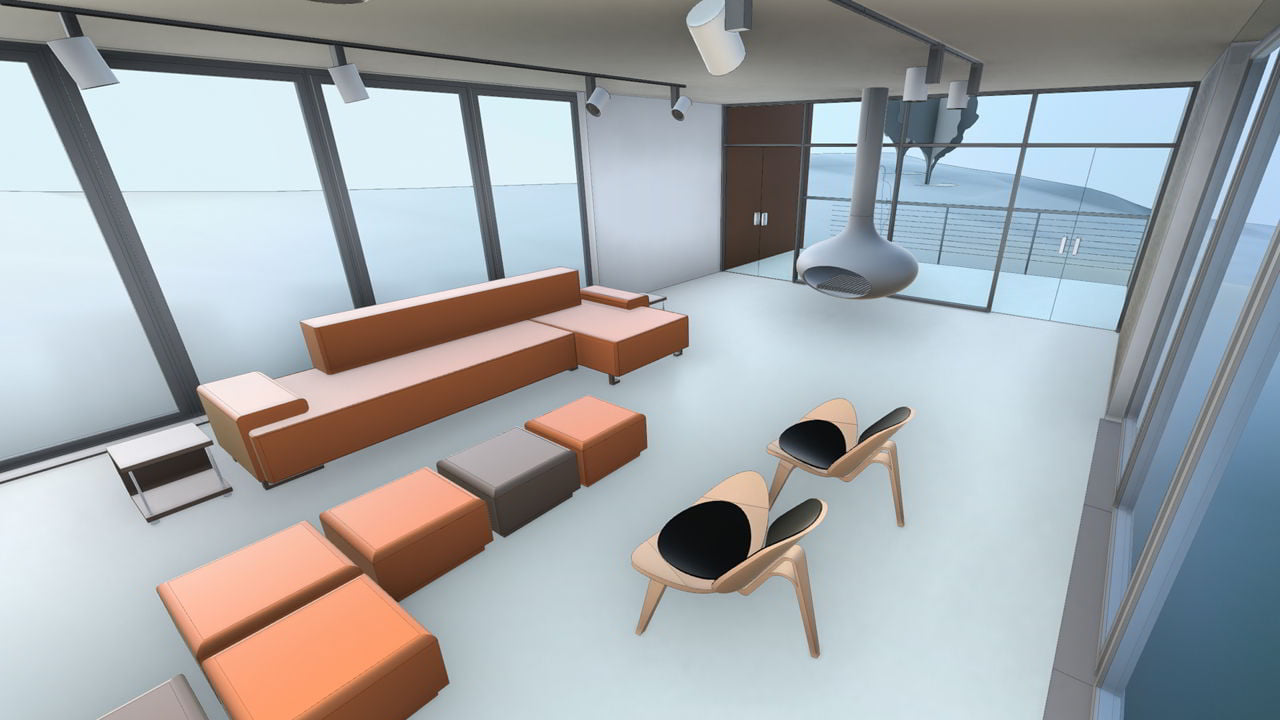

Adjust your lightingĮxterior lighting matters when there are exterior windows or skylights within the context of the scene. These steps apply to all of the supported design platforms, unless noted otherwise.īy Dsmall Tips for creating a realistic interior rendering 1.

With this efficient workflow, be careful not to miss these five easy steps that are sure to improve the quality and clarity of your interior renderings using Enscape. From one of the supported design platforms, (SketchUp, Revit, Rhino, Archicad), to Enscape, to a high-quality interior rendering typically only takes seconds or minutes, not hours or days like in recent years. Once the Rendering is complete, use the Adjust Exposure to adjust color and brightness.Ĭonsider saving the final rendering image to Save to Project and Export to a folder on the computer.Sharing your design concept with clients has never been easier with Enscape’s real-time rendering engine. Owner Design Reviews | Expedite Multiple Revit Walkthrough Videos. This is helpful to verify lighting and materials before you commit to a long rendering process of a space. Use the Region option for test-rendeirng smaller portions of the room. This will also improve the time it takes to create the photo realistic Rendering. The Region option next to the Render button, also defines and restricts the computer rendering to a smaller space withiin the larger space. The computer does NOT need to perform lighting calculations for these lights which will improve the time required to perform the Rendering. If the Light Groups are NOT in the space turn them OFF. * If all the lights are visible in the view, select them without going to the Reflected Ceiling Plan.ġ0) Once the lights have been selected for the group, pick Finish. The 2 lights selected above were added to the new group.īy assigning lights to groups, helps the user choose which lights are included in the lighting calculations for rendering the space. The first step to turning on the lights for Revit Interior renderings is choosing one of the 2 lighting schemes that use Artificial lights (ceiling an/or walls).ġ) Make sure you've placed your Revit lights in the ceiling and/or on your wallsĢ) Go to your 3D View that you wish to Render.ģ) Pick RENDER command ( VIEW Tab > RENDER)Ĥ) To access interior lights specify a Lighting Scheme that uses Artificial LightingĦ) Create a new light group for lights that are located in the specifc space that will be rendered.ħ) Next, select the Group Name and pick EditĨ) Pick the Add button in the pop-up dialogue box to add light fixture models to the Group.ĩ) At this time, you may need to go to the Reflected Ceiling plan to select the lights to place in this group. Here's a startup sequence for Turning ON the Lights for Revit Interior Renderings. 5 Revit Presentation Tips | Architect Steven Shell. You can see the lights in your reflected ceiling plan but the lights don't produce light in your room. If there's an exterior window, portions of the room may appear from the exterior sun light coming thru the window. Next, you pick the Revit Render button -and Presto! You get a 'black screen' view of your room. You place your Revit camera in your Revit floor plan and and point to a target point across the space to display the perspective image of that space.


 0 kommentar(er)
0 kommentar(er)
